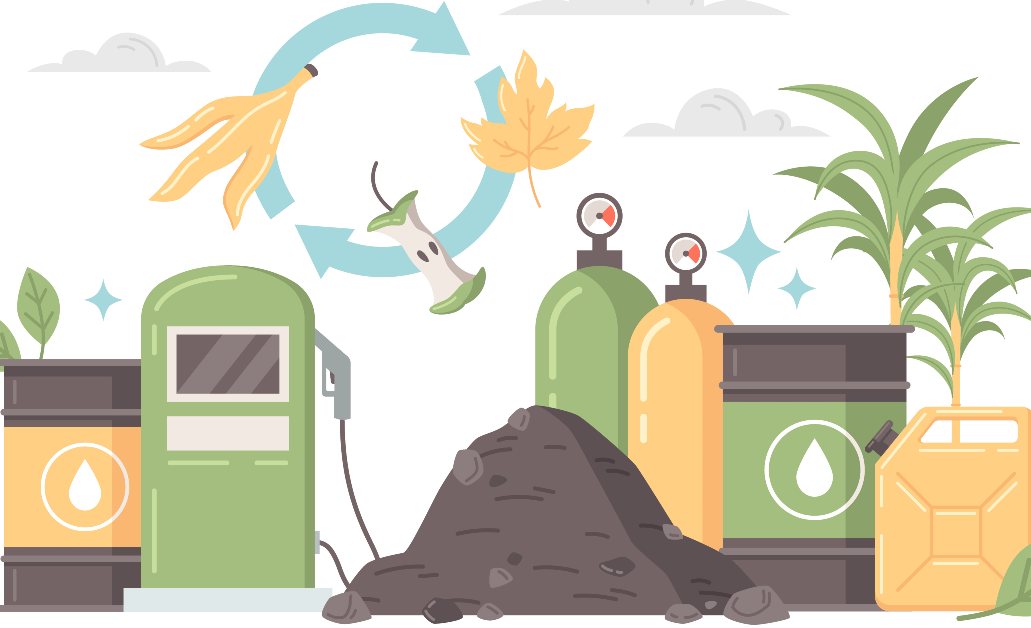Even as the world celebrated Global Biofuel Day yesterday, I was constantly thinking about India’s biofuel journey.
These days, conversations around biofuel are seasonal. These can be as periodic as a dialogue about Delhi’s AQI index and the connected health scare during the winter season.
Don’t throw that question at me— is EV not the answer to improving AQI? Yes, it is … but as of now, the vehicles are not in an affordable cost bracket, plus the segment is faced with challenges in infrastructure, battery and recycling etc.
Coming back to biofuel or flex fuel, India has accelerated its biofuel journey in the recent past with necessary policies.
The country has taken the biofuel road to reduce the import of fossil fuels that tops the vehicular energy requirements. The adoption will also reduce pollution, save forex and support the farmers.
There are various programs running parallelly with the aim of transitioning into the clean fuel segment. This includes the Biofuel Program that includes blending ethanol, the Compressed Bio-Gas (CBG) Program as part of the Sustainable Alternative Towards Affordable Transportation (SATAT) initiative, and the thrust on Sustainable Aviation Fuel (SAF).
Biofuels are categorised as Basic Biofuels— First Generation (1G) bioethanol & biodiesel; Advanced Biofuels— Second Generation (2G) ethanol, Municipal Solid Waste (MSW) to drop-in fuels. Third Generation (3G) biofuels, bio-CNG etc. to enable appropriate financial and fiscal incentives.
Policy Support:
India released its Biofuel Policy in 2018 and made amendments in 2022.
Some of the highlights include:
- Ethanol blending: 20% ethanol-blending and 5% biodiesel-blending by the year 2030. In 2022, the target was revised to 20% of petrol-containing ethanol by 2025-26.
With the amendments in 2022 to the Biofuel Policy 2018, the country has widened its scope of production. Notably, India was successful in achieving a 10% blend in June 2022.
- Raw materials: Allowing the use of sugarcane Juice, sugar-containing materials like beet sugar, starch-containing materials like Cassava, and damaged food grains like broken rice, and rotten potatoes which are unfit for human consumption.
- D) Allowing the use of surplus food grains for the production of ethanol for blending with petrol with the approval of the National Biofuel Coordination Committee.
- To promote the production of biofuels under the Make in India program, by units located in Special Economic Zones (SEZ)/ Export Oriented Units (EoUs).
- Biofuels are categorised as Basic Biofuels— First Generation (1G) bioethanol & biodiesel; Advanced Biofuels— Second Generation (2G) ethanol, Municipal Solid Waste (MSW) to drop-in fuels. Third Generation (3G) biofuels, bio-CNG etc. to enable appropriate financial and fiscal incentives.
- A viability gap funding scheme for 2G ethanol Bio refineries of Rs. 5000 crore in 6 years in addition to additional tax incentives, and higher purchase price as compared to 1G biofuels.
- Thrust on research, development and demonstration in the field of biofuel feedstock production, advanced conversion technologies from identified feedstock
Impediments:
Biofuel production
- Supply chain challenges in biomass collection
- Lack of land, water and fertiliser available to grow to-scale feedstock for biofuels
- Can increase pollution
- Making vehicle owners switch to biofuel is not easy
In the current markets, the existing vehicles are not compatible with Flex Fuels usage. That is not all, the market needs to adapt to the usage of biofuel blends or Flex Fuels. This means the Indian market should have products running on Flex Fuel and also the availability of biofuels. It is expected that the mandates on the use of biofuel by 2025 will be rolled out soon. Some of the commercial auto majors have already developed Flex Fuel engines.
While the impediments stand tall, the intention attracts more applause. However, considering the lacunae in procuring a supply chain for the feedstock, the inability to grow more biofuel feedstocks, and the unavailability of biofuel and vehicles put together, for sure make the journey more challenging in India.

